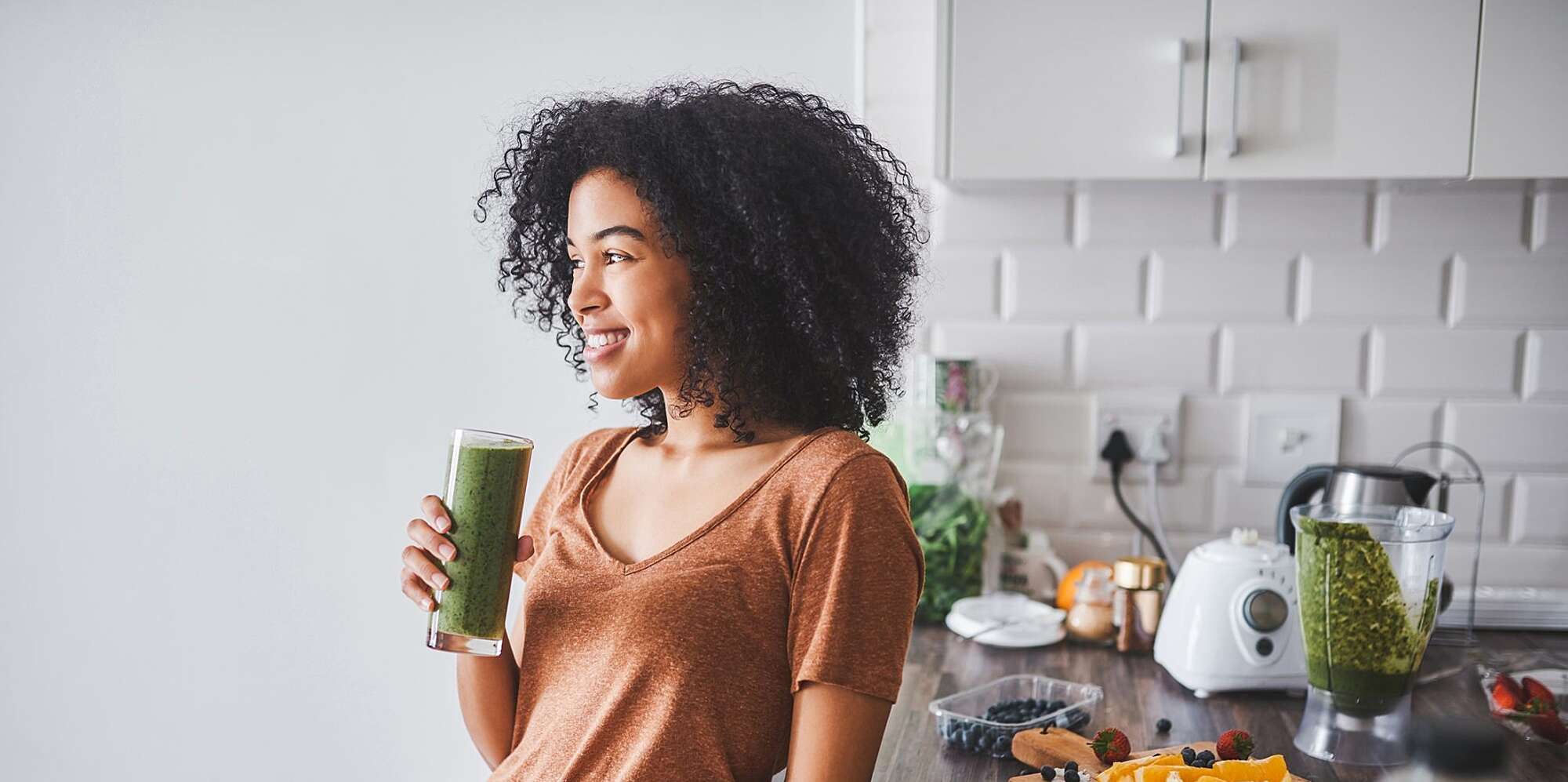
A chemotherapy diet should focus on high-protein foods, as the treatment can cause your body to lose more protein. You will only be able to eat a small amount of food, so this is an important consideration when planning your meal plan. Make sure to eat healthy fats as well as protein. Supplements can be added if necessary. These foods will help you keep your weight in the neutral range.
A variety of foods is recommended, as many are high in carbohydrates or protein. Avoid avocado skin as it can harbour Listeria and cause food poisoning. Avocados are a good source of nutrients, provided you can eat them. Its high fat and fiber content will provide a steady source of calories and keep you satisfied, even during times when your appetite is low. Because eggs are low in calories and high in protein, they can be a great option for chemotherapy diets.
Carbohydrates are the body's main source of energy. They provide the fuel needed to perform physical activities and to operate your organs. All foods rich in carbohydrates include fruits, vegetables and whole grains. However, people with cancer should avoid spicy and acidic foods. These foods can irritate the throat and mouth. Additional to these foods, chemotherapy patients should eat at least five to six small meals per days. Also, snack options should be available in case you lose appetite.
Fish is another excellent choice for chemo nutrition. These fish are rich in omega-3 fatty acid, which is good for the brain as well as the immune system. Since seafood, like salmon and mackerel are high in proteins, it is recommended to eat them as often as possible. They are rich in omega-3 oils, so eating them can be beneficial. You can choose any type of seafood, such as mackerel, sardines, and albacore tuna.
Plant protein shakes can be a great option for vegans and vegetarians. These shakes can meet your vegetarian and vegan protein needs. You can eat Greek yogurt and eggs if you don't eat meat. But you should eat beans, lentils and legumes as well as nuts. While you are not allowed to eat meat, you can enjoy a bowl of cooked fish. A vegan diet should focus on beans and lentils, as they are rich in protein.

Anti-nausea foods should be part of a chemotherapy diet. People with cancer should eat lots of fresh fruits and veggies. They should avoid high-fat processed foods and oily fish. These foods will only increase the inflammation in the body. The chemo diet should contain as many protein as possible. Remember to avoid fried foods if nausea is a problem.
Patients with cancer may lose their appetite after chemo treatments. Patients should not eat more than three meals per day during chemotherapy. Instead of three large meals, they should eat six small meals throughout the day. They should drink lots water. They should consume plenty of fruits and veggies and limit sodium and potassium intake. For the best food intake, consult your oncologist if you are going through chemotherapy.
While chemotherapy is the mainstay of cancer treatments, it may have side effects. In addition to ensuring that your body is as healthy as possible, a chemo diet can help you keep a healthy weight. A chemo diet shouldn't cause constipation but it should provide essential nutrients such as protein and water. It is important that you eat a diet rich in fiber.
FAQ
Is there a better career path for someone who dreams of becoming a chef? What are the best ways to start your career as a chef.
An apprenticeship is a good way to start your career as a chef. Apprenticeships offer the chance to work for several year without any tuition fees. After your apprenticeship, you may apply for a role as a sous chef. Sous chefs work with cooks to prepare dishes and supervise them. They also oversee the entire operation of the restaurant.
What are the qualifications to be a chef?
To become a chef, you must have a bachelor's degree in culinary arts. A number of ACF tests will be required. Once you've completed these requirements, you'll receive a certificate verifying your qualifications.
Do I need any special equipment to cook?
It doesn't take any special equipment or tools to learn to cook. However, it can be easier to use the right tools. For example, a knife could be used for pasta making or a whisk would be better than a hand mixer for whipping egg whites to stiff peaks. You can make cooking more enjoyable and easier by having the right tools.
What are the health benefits of slow cooking?
Slow cookers allow you to make delicious meals with minimal effort. Slow cooker recipes often have a lower oil and fat content than traditional recipes. Additionally, slow cookers are more convenient than traditional recipes because they take care for themselves while you're sleeping.
What should a beginner chef learn?
Start cooking something simple, such as pasta, rice, soup. If you want to learn how to cook, go for a recipe book or YouTube video. It's much more fun to cook with someone you know. Cooking together is fun with family members or friends.
What is the difference between a chef & a cook?
A chef is someone who prepares food for others. A cook prepares food for his or her own consumption. A chef, on the other hand, works directly with customers. This means that they can have to decide what food to serve customers based their preferences. The cook doesn't have to interact with customers. Instead, a cook makes sure the food tastes good before delivering it to customers.
Statistics
- You'll be amazed that over 90% of CIA students receive scholarships and grants to finish their culinary studies. (ischoolconnect.com)
- In the United States, the category is estimated at $23.2 billion annually and is growing faster than the market. (washingtonpost.com)
- under 10 Kids have been taught that there is special food just for them, and Fiese says that 10 percent of kids will throw a tantrum if they don't get the food they want. (washingtonpost.com)
External Links
How To
How to make a perfect omelet
Omelets are one of my favorite foods to eat at breakfast. How can you make them perfectly? I have tried many different recipes and methods, but none of them work. So I wanted to share some tips and tricks so that you can make delicious, fluffy omelets every morn.
Before we start making omelets, let's remember that eggs are temperamental. It is important that eggs are fresh from an organic market and kept cool until used. You must keep them cool enough to allow the whites to form properly and the yolks to become too runny if they're not kept at the right temperature. This can make your omelets look bizarrely colored. It is best to use room-temperature eggs if you are going to cook them right away.
Another tip is to separate the egg before adding it to the pan. It is important not to allow any white to mix with the yolk as this could lead to the omelet becoming curdled.
The egg can burn if it is placed directly on the stovetop. Instead, place the egg in the microwave for 10 second before you put it in the skillet. The microwave heat will cook the egg just right without making it too hot.
Let's now talk about mixing eggs. You want to mix the eggs thoroughly before you add them. You can do this by turning the bowl of your mixer upside down. Next, shake the bowl vigorously. This will whip the air around the bowl and mix the egg well.
The fun part is now - adding the milk to the mixture. The first step is to pour half of the milk in the beaten eggs. Next, fold the eggs into the remaining milk. Do not worry if you see streaks of egg; they will disappear when the omelet is flipped.
After you have done folding the eggs, heat the pan on medium heat. The oil will start to smoke. Once the oil starts getting hot, add 1/4 cup of butter to the pan and swirl it around to coat the entire surface of the pan. The lid should be carefully opened. Sprinkle salt in the pan. A pinch of salt will help prevent the omelet from sticking to the pan.
Once the omelet has formed, cover the pan again and wait for the top side to set completely. Flip the omelet upside down or with a spatula. Cook the other half for another minute. Serve immediately after removing the omelet from its pan.
This recipe works best when you use whole milk.